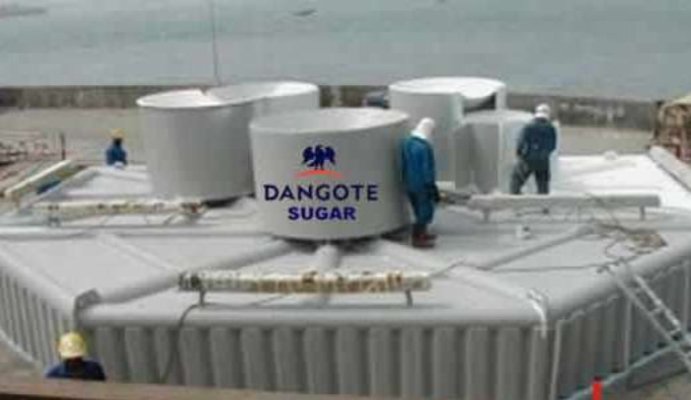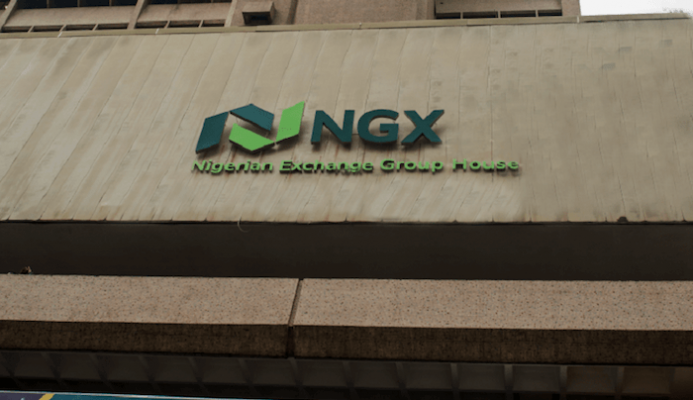Danske Bank A/S is telling corporate clients to think hard about what to do with their excess cash before December 31, because Denmark’s biggest lender doesn’t want it in deposit accounts.
After a world-record-setting half decade of negative interest rates, Denmark still has a few surprises up its sleeve that show how such a monetary regime works in practice. Though corporate clients need to pay to place their savings with the bank, Danske is struggling to deal with near-record amounts of deposits.
The bank’s deposits have risen 11 percent over the past 21 months, reaching 914 billion kroner ($145 billion) at the end of June (excluding repurchase agreements), second-quarter results show. Danske said it’s encouraging clients to place excess cash in other products offered by the bank, but declined to provide more details.
Corporate and institutional clients have the biggest placement need, with savings growing 17 percent to 265 billion kroner. That’s a quarter of Danske’s total deposits. The cash adds to the cost of complying with Denmark’s strict liquidity rules.
Christoffer Mollenbach, Danske’s treasurer, says managing liquidity ratios is a difficult balancing act that means not all deposits are welcome. “We have to manage across the ratios, some of which are contradictory” and so “banks want to avoid large last-minute
transactions,” he said in an interview in Copenhagen.
The so-called liquidity coverage ratio is designed to ensure lenders can survive a market freeze. But regulators recently began requiring banks to distinguish between cash that firms keep on hand to run their business on a day-to-day basis and non-operational deposits. The latter of those two categories generates a bigger liquidity buffer requirement, the argument being that such deposits are more likely to be withdrawn if times get tough.
Denmark imposes stricter liquidity requirements than the rest of the European Union. Banks in the country need to prove they can withstand a three-month funding drought, compared with the one month that applies elsewhere in the EU. Danske had a liquidity buffer of 603 billion kroner at the end of June, after extending the duration of its short-term funding and reducing the need for liquid assets.
Already last year, Danske found itself potentially needing to turn clients away. The bank got “a number of requests to take very sizable deposits,” Mollenbach said. Senior management debated what to do, before ultimately deciding they were ready to accept the cash. In the end, the placement demand wasn’t as great as initially expected. Excess deposits are particularly hard to deal with when money markets are volatile, as they were at the end of last year.
Mollenbach says one of the unintended consequences of stricter liquidity requirements is that banks’ “ability to absorb changes in customer behavior is becoming more limited, and the year-end pricing is an example of that.”“We generally saw money-market prices significantly distorted over year-end,” he said. Such last-minute transactions are “the kind of thing Danske, and most other banks, would like to avoid,” he said.
Excess client cash is the biggest drag on bank liquidity coverage ratios, according to a December report by the European Banking Authority, which looked at 2015 numbers. Non-operational deposits, which include short-term unsecured interbank funding, had “the greatest negative impact,” the EBA found.
The combination in Denmark of stricter liquidity rules and negative rates that most economists predict will last into 2019 are proving a challenging cocktail for the country’s banks. But Danske has shown that lenders can still perform very well in such an environment. It delivered record profits in 2016 and its shares have gained about 16 percent this year, compared with the roughly 10 percent increase in European financial stocks.
Cash and cash equivalents are testing pre-crisis levels at some of the Nordic region’s biggest companies, including giants such as Novo Nordisk A/S and Volvo AB.
“As we move closer to the fourth quarter, we normally start to advise customers regarding their options on excess liquidity in preparation for the year end,” said Jakob Groot, who heads fixed income, currencies and commodities at Danske. “This will be even more important this year, given the volatility we saw at last year-end in deposit rates.”










